I first became interested in the Ju 390 after reading about its history in William Green’s Warplanes of the Third Reich. When Revell of Germany released their 1/72 scale Ju 290 kits, 390 conversions became an attractive, and affordable, possibility for modelers. The Ju 390 was a development of Junkers’ previous Ju 290 series, which themselves were extensions of the Ju 90 design. Green gives a detailed description of the modifications made to transform existing Ju 290 airframes to Ju 390 standard and lists the equipment they carried.
References are an issue, there is just not that much material on the Ju 390. Fortunately, most of the design details were consistent with the Ju 290s, and much of the operational history of the Ju 390 V2 parallels the 290s which were operated by the same units. In addition to Green, Monogram Close-Up 3 Junkers 290 provides many pictures useful for modelers.
There are only seven known pictures of the V1, and just one purporting to be the V2. I say purporting because the picture shows several obvious indications of tampering, and does not match the general description of the V2 given by Green. There are three different versions of this picture on the Internet, all doctored in different ways.
If you want to model a Ju 390, there are several versions and paint schemes from which to choose:
V1 (factory code GH + UK) – This was the development aircraft for the transport version. Some sources state that a Ju 90 was used as the basic airframe for the conversion, and the fuselage had round cabin windows consistent with this. The fuselage aft of the wing was extended 8.07 feet, and the wings were extended 27.23 feet, bringing the total span to 165.02 feet, which is 27.5 inches (69.9 cm) in 1/72 scale! For a transport, camouflage was the standard 70 / 71 over 65 scheme. This aircraft appears to have spent its days conducting various tests and trials, including serving as an aerial tanker for Ju 290s. It ended the war on an airfield in Czechoslovakia, without propellers. Planet Models makes a resin kit of this aircraft, but it is very, very expensive.
V2 (factory code RC + DA) – This was the development aircraft for the maritime reconnaissance version. The main structure was modified the same as the V1, except an additional 8.2 foot section was added to the forward fuselage. Various reconstructions show the fuselage with either round or rectangular windows – your choice. This aircraft was fitted with a ventral gondola, FuG 200 radar, and full defensive armament. It was completed in October of 1943, and delivered to FaG 5 (codes 9V + xx) at Mont de Marsan in France. Several sources state that this aircraft flew to within 12 miles of New York in January 1944, although this is disputed by others. Ju 290 maritime patrol aircraft carried a high-demarcation 72 / 73 over 65 scheme.
FaG 5 was disbanded in August 1944 when German airbases in France were threatened by the Allied advance. FaG’s Ju 290s were passed to KG 200, a Luftwaffe special missions unit (KG 200’s assigned codes were A3 + xx, some aircraft were repainted to this, some to other codes). Pictures show at least a few were given additional mottles of dark greens on the fuselage sides – see the cover photograph on the Monogram Close-Up. Color photographs of the captured Ju 290 A-7 “Alles Kaputt” of KG 200 brought to Freeman Field by Col. Watson show it carried black undersides, while upper surfaces were RLM 83 Light Green with 81 Brown Violet spots. So, there a few possible alternative camouflage and marking options to model the V2 in later service.
Several interesting missions are attributed to the Ju 390, including liaison flights to Japan. While confirmation is lacking (not surprising for a special ops unit), Ju 290A-9s are known to have completed many of the same assignments. The V2 was reported to be standing by at Recklin to evacuate Nazi VIPs to Spain in April of 1945. While a Ju 290A-5 (W.Nr. 110178) actually made the flight to Spain, the V2 was not reported to have been located after the war. One account says the V2 was flown to Norway, where it was repainted in Swedish colors, and then used to transport German scientists to a ranch in Paysandu Province, Uruguay. The aircraft was then supposedly dismantled and sunk in the Rio Uruguay River, where it is said to remain to this day. A mystery.
V3 – This was to be the Amerika Bomber Ju 390A development aircraft, but it was never built. Dimensions were to have been the same as the V2, but defensive armament was to have been increased. The bomb load was to have been carried externally. Camouflage could be anything carried by German bombers during the last year of the war, so there are several interesting possibilities.
A Luft ’46 project is a proposed reconnaissance version with wings extended to 181.63 feet. This was a Paperwaffe project only, and I’ve never even found general configuration drawings of this one.
Ki-390 – This one is definitely a Nippon ’46 “what if”. Considerable interest in the Ju 390 design was expressed by the Imperial Japanese Army Air Force, the JAAF even purchasing manufacturing rights. However, the design was never developed. Anybody up for a kitbash using engine nacelles and armament from the Hasegawa Rita? I’d be lying if I said I haven’t thought about it!



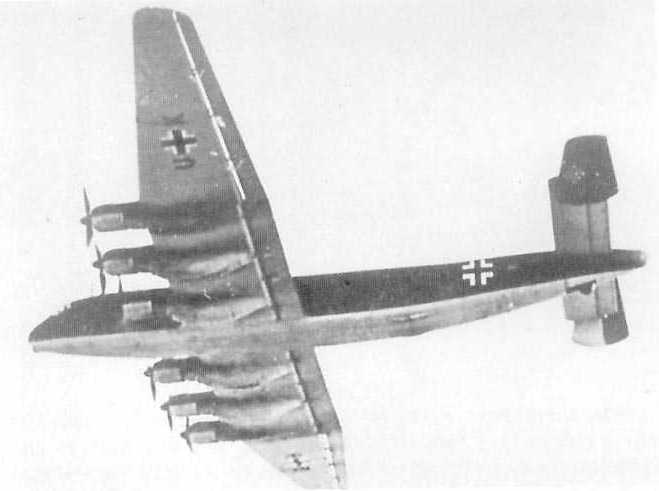
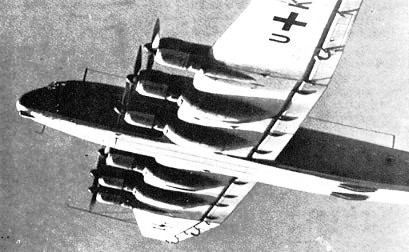
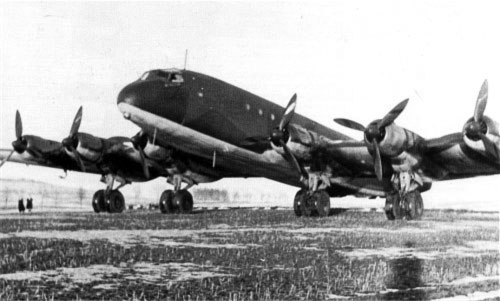
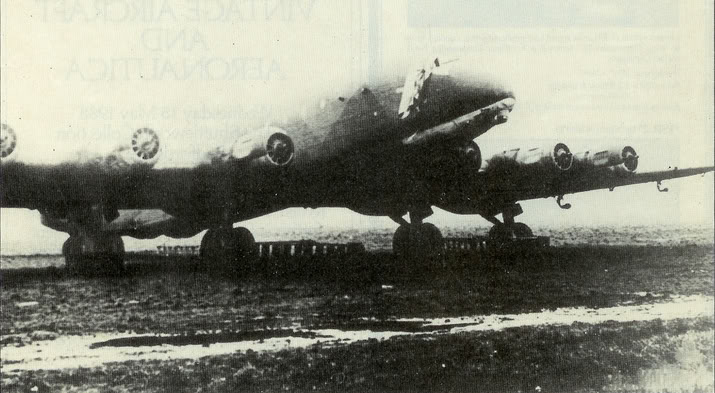
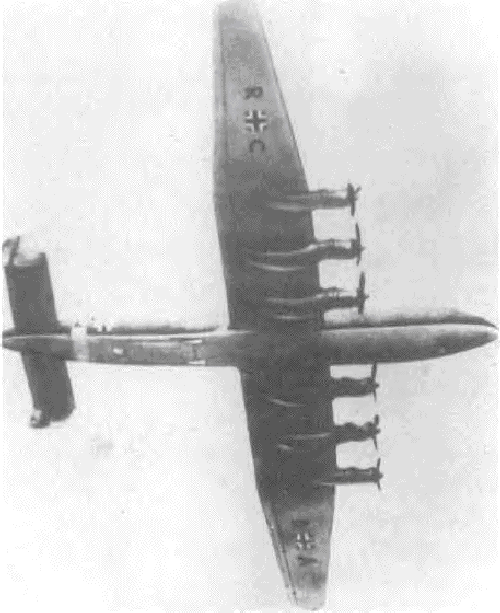
Model construction here: https://inchhighguy.wordpress.com/2019/04/25/junkers-ju-390-build-in-1-72-scale-part-i/
Have you built one, or do you intend to build one?
LikeLiked by 1 person
Stay tuned! 😉
LikeLike
As a footnote…. Typo… Mont-de-Marson is Mont-de-Marsan.
LikeLiked by 1 person
Fixed, thanks for that!
LikeLike
I have the little books by William Green published in the 60s. I will feature them on my blog one day.
LikeLiked by 1 person
Those are classics, Green contributed quite a lot to our hobby.
LikeLike
https://myforgottenhobbyii.wordpress.com/2019/04/24/time-machine-the-60s/
LikeLiked by 1 person
Jeff, I own the Planet models 290. I did not know they did a 390. A Ki-390 would be way cool. Did anyone ever total up the number of flights between Europe and Japan during WWII? I know the Italians did a few, the Germans did a few and I think the Japanese tried but weren’t successful I think.
LikeLiked by 1 person
If someone ever did some real research on the flights to Japan I’ve never seen it. There are mentions of specific flights in some references, but there is a whole lot of the alternative conspiracy stuff which plays into these flights as well. The Ju 290s were active participants but I’m not sure how often they actually made the trip.
LikeLike
Someone ought to write a book on the subject. I thought the Ki-77 made a flight to Europe but wasw shot down over India on the way back. However, you are right that there are a ton of stories and rumors, but very few hard and fast facts on those flights. I think the Italians were using a Fiat-12T. Maybe you and I ought to put up a website to try and document all of these. 🙂
LikeLiked by 2 people
Correction, the Italians used a SM75GA
LikeLiked by 1 person
Reblogged this on David Knights' Weblog and commented:
A neat post on an interesting aircraft. I’d love to gather available info on the Europe-Asia flights conducted by the Axis in WWII.
LikeLiked by 2 people
dknights the evidence for flights to Japan are sparse to non existent, which is not proof those flights didn’t happen. In his book: “Inside the Third Reich: Memoirs.” By Albert Speer. Translated by Richard and Clara Winston; New York: Macmillan, 1970. Albert Speer claimed a Ju390 flew to Tokyo in March 1945, via the polar route- flown by test pilots-not by military crew. There is an air field on Matua island in the Kurils which is littered by German fuel drums. The island has a very active volcano which keeps the island fog free and the airstrip snow free year around. At the end of the war it emerged there were plans to fly a Ju290 to Japan from Sofia to Japan via the Kuril Islands. Please keep digging for proof. If proof is found it will come from Japan, not Germany.
LikeLiked by 3 people
Monogram Close-up 3 – Junkers Ju 290 mentions at least three flights through Manchuria.
LikeLiked by 1 person
Former Merchant seaman Ron Wylie of Sydney NSW, born 1921, passed away Feb 2023 asserted in an email to me in September 2008 that he took the photo of Ju390 stkz RC+DA on 22 December 1942 whilst his convoy KMF-5 was under air attack by He111. Torpedo bombers. If so, that would make RC+DA the V1 prototype and GH +UK the V2 aircraft. Incidentally I wrote to Ron to enquire where he got the photo he was displaying on a website from? He had no idea what a jU390 aircraft was until I advised him?
LikeLiked by 2 people
Thanks for that, Simon! There’s not a lot of information about the Ju 390, and so much of what is there is contradictory. Is the original photo any clearer than what has been circulated?
LikeLike